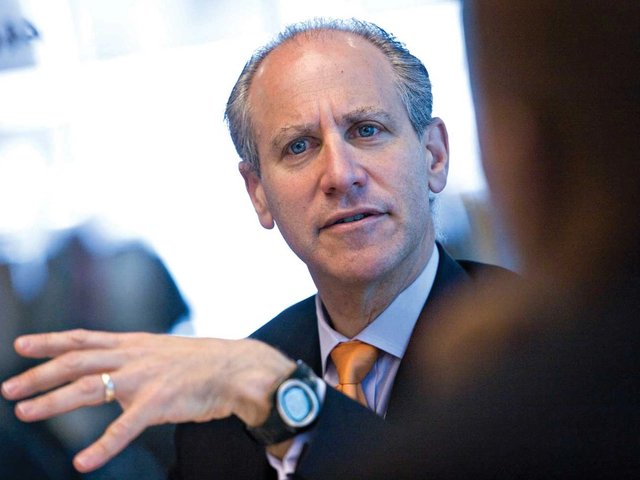Trustees of the Museum of Modern Art in New York set up a charitable trust that paid director Glenn D. Lowry millions of dollars from 1995 to 2003. These payments were in addition to his salary and compensation as director, but were not reported on the museum’s tax filings which are required by law to detail the pay of top executives. Details of the secret fund, first revealed in The New York Times, come six weeks after the Senate Finance Committee launched an investigation of MoMA’s finances (The Art Newspaper, February 2007, p13).
The extraordinary payments to Mr Lowry, and others to former drawings curator Gary Garrels, were disclosed in January when the museum responded to questions from the New York State attorney general’s office, which oversees non-profits.
In an email to The Art Newspaper, Senate Finance Committee chairman Charles Grassley said that the covert pay “raises serious questions” about the museum. “MoMA and some of its board members worked mightily to muddy the waters on the director’s salary,” he said. “It’s not only the amount of pay involved that raises serious questions, but also the mechanisms used to provide the director with additional salary beyond what was disclosed to the public and [the federal tax agency] the Internal Revenue Service.”
The trust—the New York Fine Arts Support Trust—was established with tax-exempt gifts from MoMA’s former chairmen David Rockefeller and Ronald Lauder, and former president Agnes Gund, who are all still trustees. Its stated mission is to support “Cultural and fine arts organisations in the New York City metropolitan area” with application through grants “by initial letter of inquiry,” but the charity’s primary beneficiaries have been Mr Lowry and Mr Garrels. Lesser amounts were awarded to MoMA’s general fund.
According to the trust’s tax filings, it paid Mr Lowry amounts ranging from $35,800 to $3.5m a year from 1995 to 2003. The trust also paid Mr Garrels $50,000 a year from 1999 to 2001. A MoMA spokeswoman said that the grants violated no laws.
Organisations such as museums are obligated to maintain “reasonable” levels of pay that conform to industry standards. If compensation is excessive, a charitable organisation’s tax-exempt status may be revoked. The trust payments ended in 2004, the year the Internal Revenue Service began an investigation of nonprofit executive pay.
A spokesman for the Senate Finance Committee said: “It’s not a charitable purpose to supplement millionaires’ salaries.” He added: “It’s not at all clear whether they’re violating the law.”


